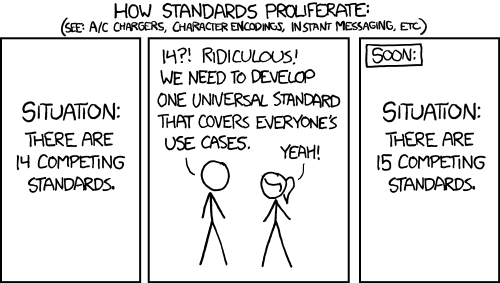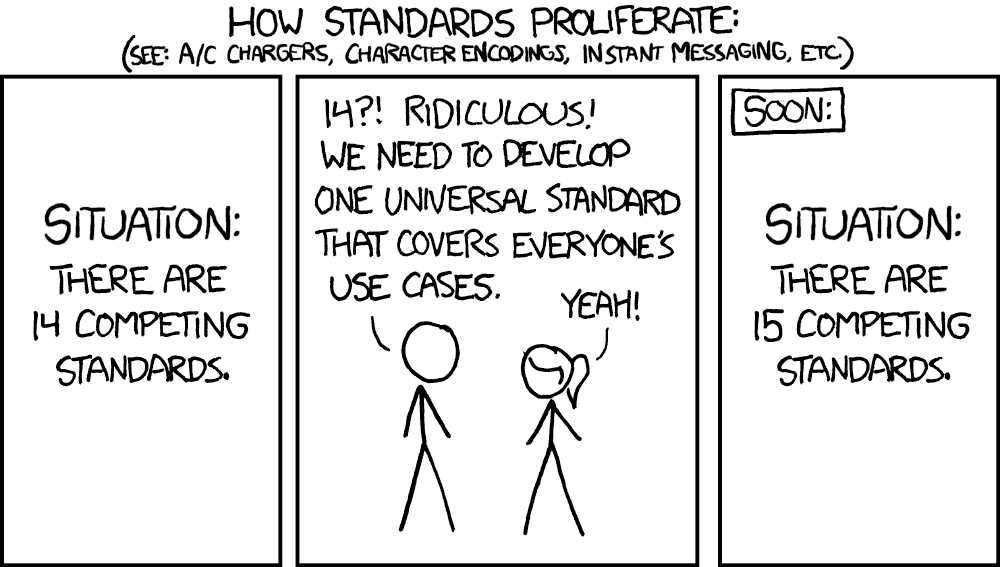I get that at stock settings, it skates in at just under the 75W PCIe limit, which is good. If you're overclocking, well, that's on you, though I would've thought that the card might try to avoid taxing the PCIe slot even under those conditions.
Though, if I refer back to the old article discussing this with regard to the RX480, it's supposed to be 66W, or 71 if you include the "plus or minus 8%" - so, pulling 70 stock is really cutting it very close.
Still, we allow for 75W cards to be without a PCIe connector. But I thought GPUs have been trying to avoid flirting with crossing the line since the original RX 480. Maybe the 1050 3GB was the exception that violated it, but not by as much as the RX 480.
That said, that it's pulling more than 150W from the single 8-pin connector, at STOCK clocks, is a problem in my book, and should not be happening. Nvidia absolutely should be called out on this. 165.3W is about 10% over spec there.



